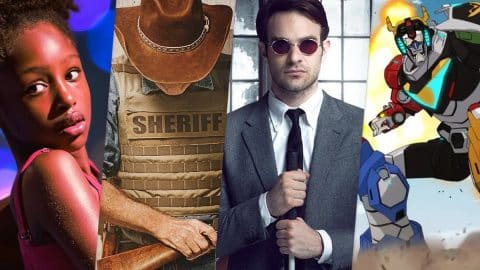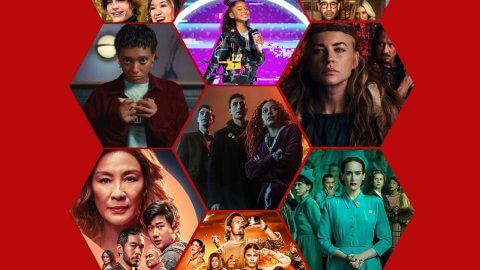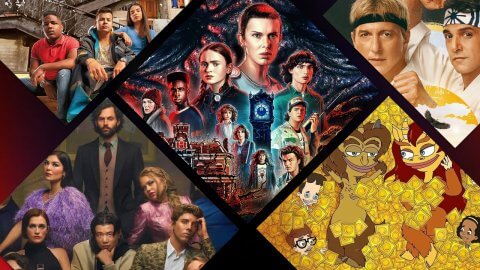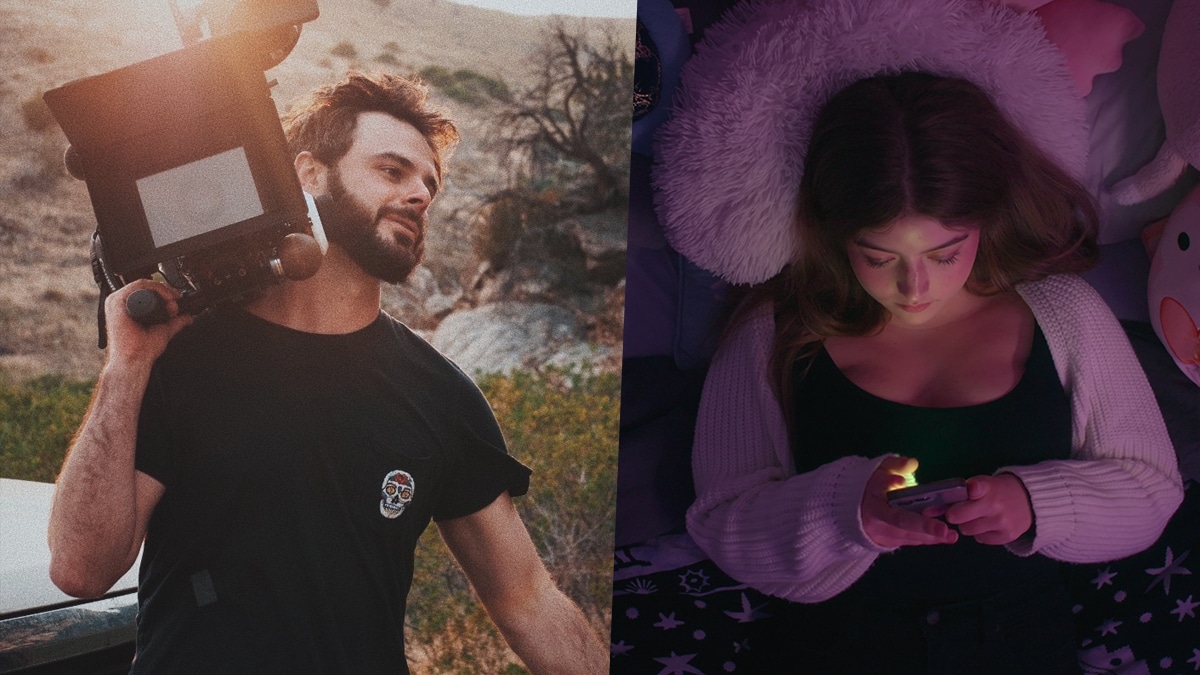
Picture Credits: IMDb / Netflix
Netflix’s Bad Influence pulls back the curtain on the world of child influencers — an industry that’s growing at an extraordinary pace, but one that operates with little oversight or regulation. The three-part docuseries, directed by Kief Davidson and Jenna Rosher, explores the emotional and ethical fallout of this new digital frontier, telling the stories of young creators navigating fame, family, and exploitation online.
To find out more about how the series was brought to life visually, we spoke with the show’s Director of Photography, Nicholas Kraus. In this interview, Nicholas talks about the challenges of shooting such sensitive subject matter, the visual approach he developed alongside the directors, and how working on Bad Influence changed the way he thinks about online culture.
Note: This interview has been edited for brevity and clarity.
What’s on Netflix: How did you first become involved with Bad Influence?
Nick: I’ve been a fan of both Jenna’s [Rosher] and Kief’s [Davidson] for many years now — those are the directors of the series. So when my agent told me about this opportunity, I jumped at it. I’m always very excited to work on a project that has the ability to move the needle on a major social issue.
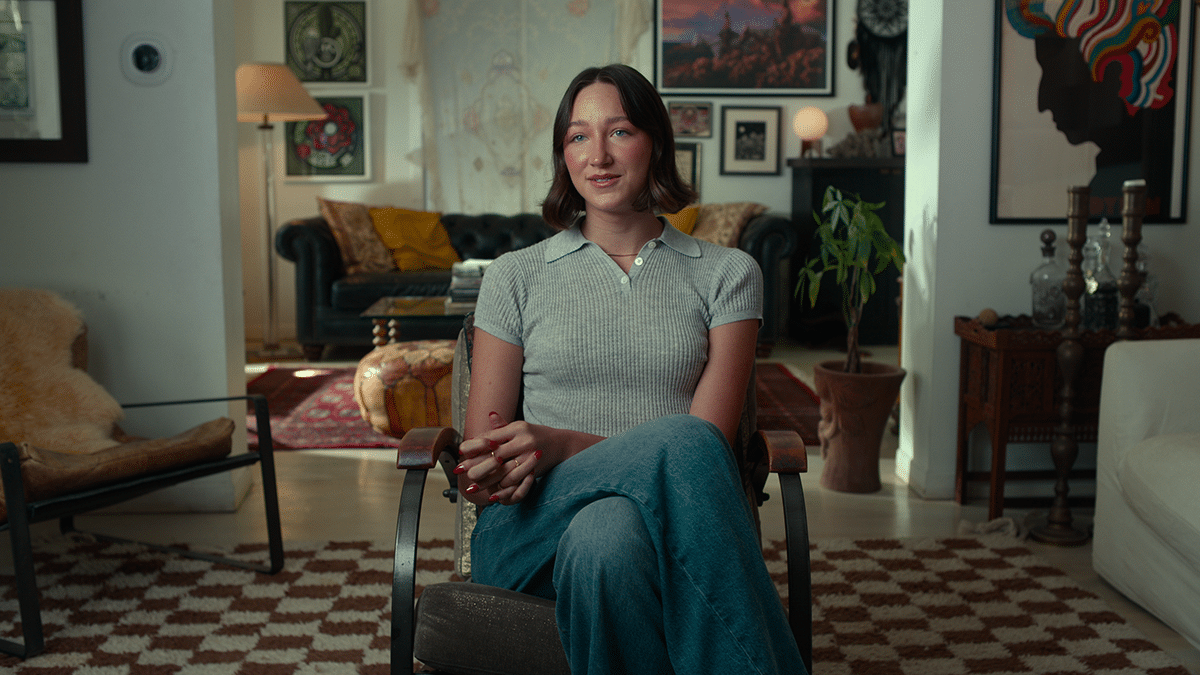
Picture courtesy of Netflix
What’s on Netflix: Can you explain your role as the Director of Photography on the series?
Nick: Sure. So I’m the cinematographer. The role is to execute the vision of the director. That comes from doing a deep dive into the background of the subject matter, and then having a series of conversations with the director. With this one, we didn’t want to avoid the tragic nature of the story, but we also wanted to highlight the resilience and hope demonstrated by the kids as they navigated the traumatic fallout. Although they’d been through a nightmare, their spirits hadn’t been totally broken, and I tried to reflect this in the cinematography.
I oversaw almost every frame in the series and tried to maintain a consistent look that I think wanders between haunting and vibrant.
Because we’re unpacking a series of events, there are several sit-down interviews with the major players, all of which are fairly naturalistic. For the interviews with the kids, Jenna in particular always pushed to do them in their bedrooms — so their backgrounds were literally an extension of themselves. And then each kid had a more stylized section where I could play a bit more — sometimes that was an overhead shot, sometimes adding color into the lighting scheme, sometimes altering the frame rate.
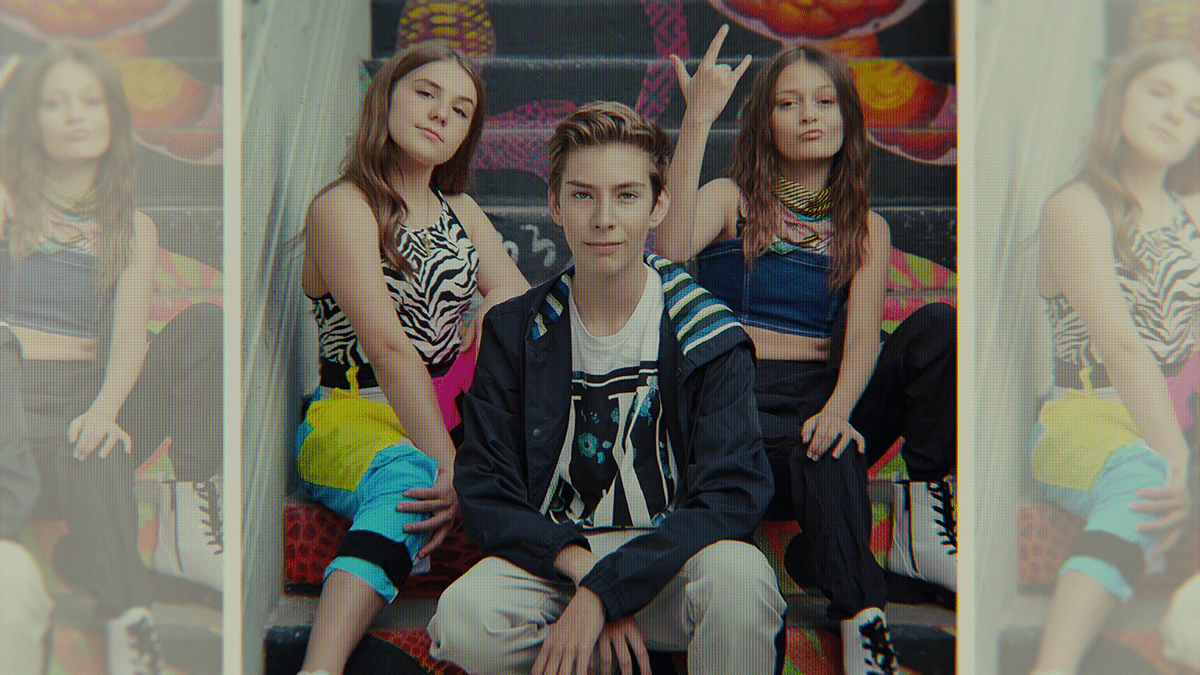
Picture courtesy of Netflix
What’s on Netflix: Did the visual language of the series evolve over the course of production? While you’re filming this, you’re getting to know the children. You’re also getting to know the parents. And I guess as they, on camera, are telling their side of the story, you’re experiencing that with them. So, did that reflect how anything was changed in the way the docu-series was shot?
Nick: I think cinematography should always be motivated by the story. As I got to know the characters more by spending time with them, it influenced the choices I made. I think one of the biggest challenges with sensitive subject matter is the off-camera work that happens, which is honestly just as important as what you do with the camera. Jenna and Kief did a really amazing job at setting the tone for everybody. But as crew members, you have to be very cognizant of the energy that you bring on set.
Everyone has to be in alignment about creating an environment in which the characters feel comfortable enough to be honest and vulnerable with the camera and crew around, which is not easy, I would say. And so I’m constantly adapting and responding to the energy of the characters that we’re with.
What’s on Netflix: Would you say that’s one of the biggest challenges that you faced creatively and logistically? Given the sensitive nature of keeping everyone comfortable?
Nick: Yeah, we had a lot of really talented people on this project. Even when it came to the crew — myself, the gaffer, the AC, the camera ops, everyone in the camera department — by the time we stepped on set, there had already been days, weeks, sometimes even years of prep and pre-production put in by the directors and producers. And we had an amazing team all around.
I think building trust is a huge part of the process — getting to a place where people feel comfortable enough to speak openly and honestly, to show vulnerability in front of a camera. Honestly, I don’t think I could do that myself, so I have a lot of respect for the folks who did. It’s not easy.
Huge kudos to our team for helping create that kind of space.
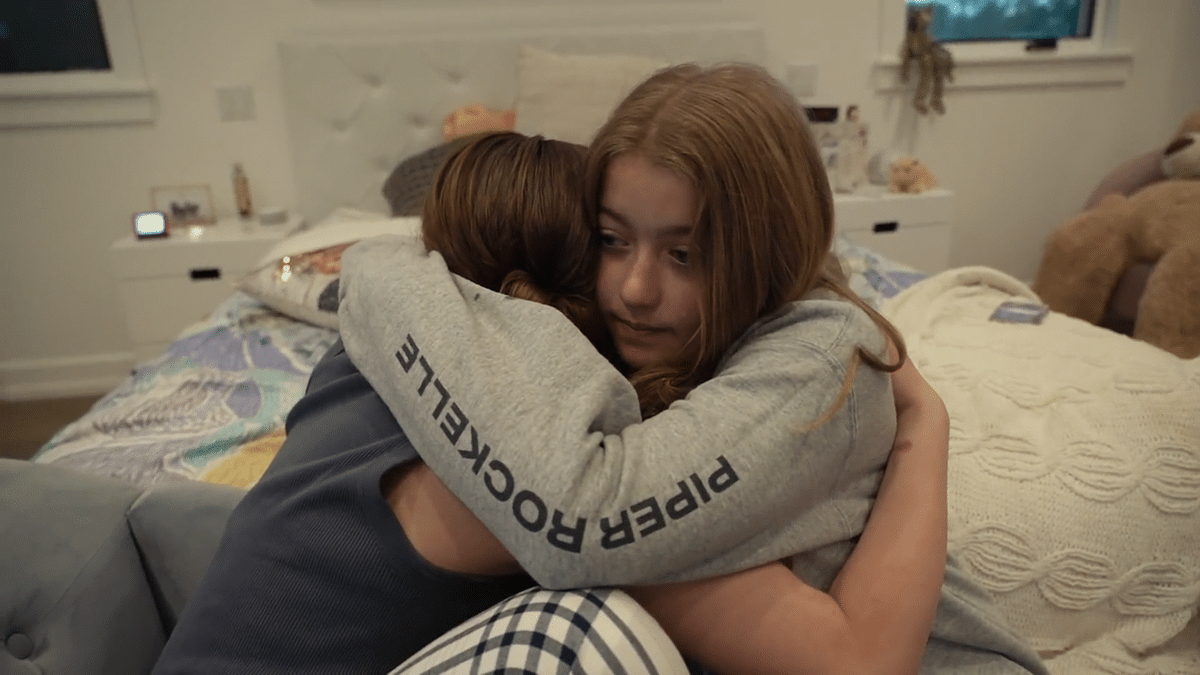
Picture courtesy of Netflix
What’s on Netflix: What was it like working with the directors, Kief and Jenna?
Nick: Working with Jenna and Kief was fantastic. I’d been fans of both of theirs for many years up until this point. The process was very collaborative, they were open to ideas that I brought to the table, and then we were able to iterate on them together.
I think they both did such an incredible job setting the tone while we were all on set. It was a really fun, warm, and creatively welcoming experience.
What’s on Netflix: How did working on this docuseries impact the way you think about online culture?
Nick: It opened my eyes. one thing that once I heard that I just can’t get over is one survey survey found that when asked what they want to be when they grow up now one in three kids say YouTuber or vlogger.
YouTubers are the new celebrities — the new role models. They have so much influence over the next generation. And given how unregulated that world is, it strikes me as very concerning given how massive and fast-growing this industry is, I think everyone owes it to themselves to learn more about it.
And I think this series really lifts the hood on the whole industry — how it functions, how it operates — which I think is really important.
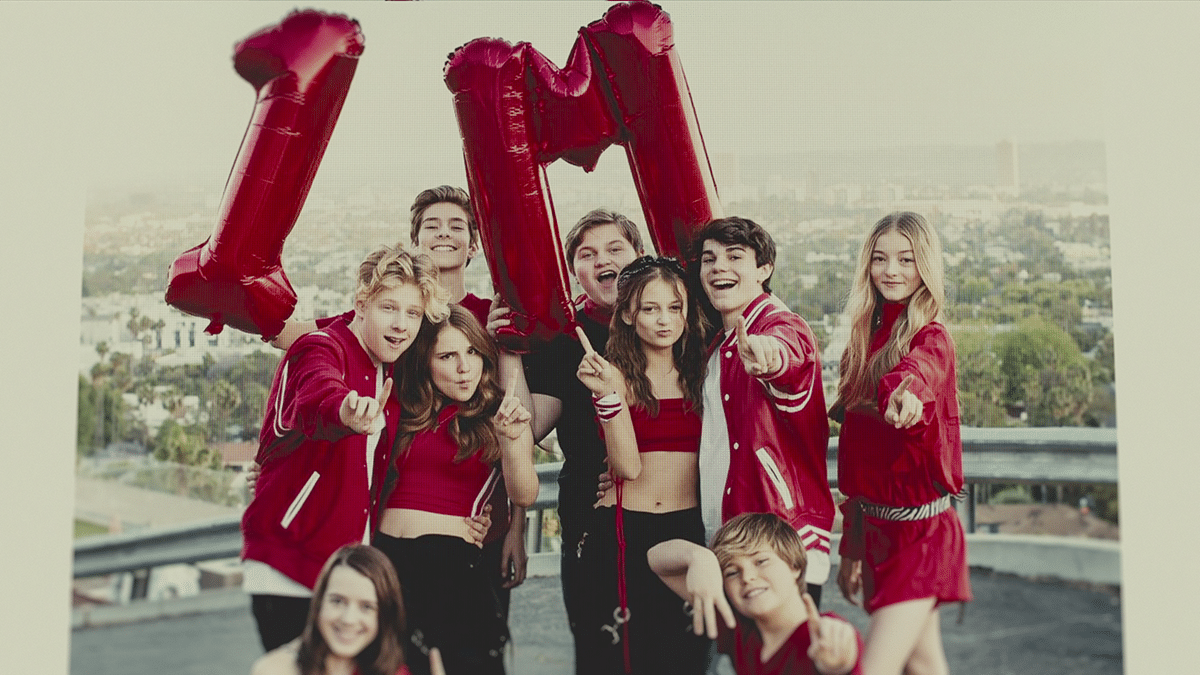
Picture courtesy of Netflix
What’s on Netflix: What are some of the key lessons you’ll take with you from this project?
Nick: Two things. The first is the resilience of these kids — I was really in awe of their self-awareness and maturity given what they’ve gone through. The second is the sheer amount of money involved behind the scenes — we’re talking sometimes six figures a month, which is enough to create an incentive structure for bad behavior to manifest. It’s all the more reason that we need to have some kind of government intervention to help safeguard the children.
As a cinematographer, this was my first time shooting with the Sony Burano camera — which came out during production.
We shot most of the series on the Sony Venice 1. A lot of the show involved unpacking these complicated events, so naturally it called for a lot of sit-down interviews. For those, we were running two cameras — both Venice 1s.
Then we had these more stylized moments, and sometimes that was handheld, sometimes more vérité. When the Burano came out during production, it occurred to us, it was like, “Hey, this is, this is a really powerful camera that is compact enough to shoot in these small footprint areas of kids’ bedrooms and bathrooms.” It was great to be able to fold that into the toolkit.
What’s on Netflix: Well, thank you so much for your time today, Nick. It’s been a fantastic conversation.

